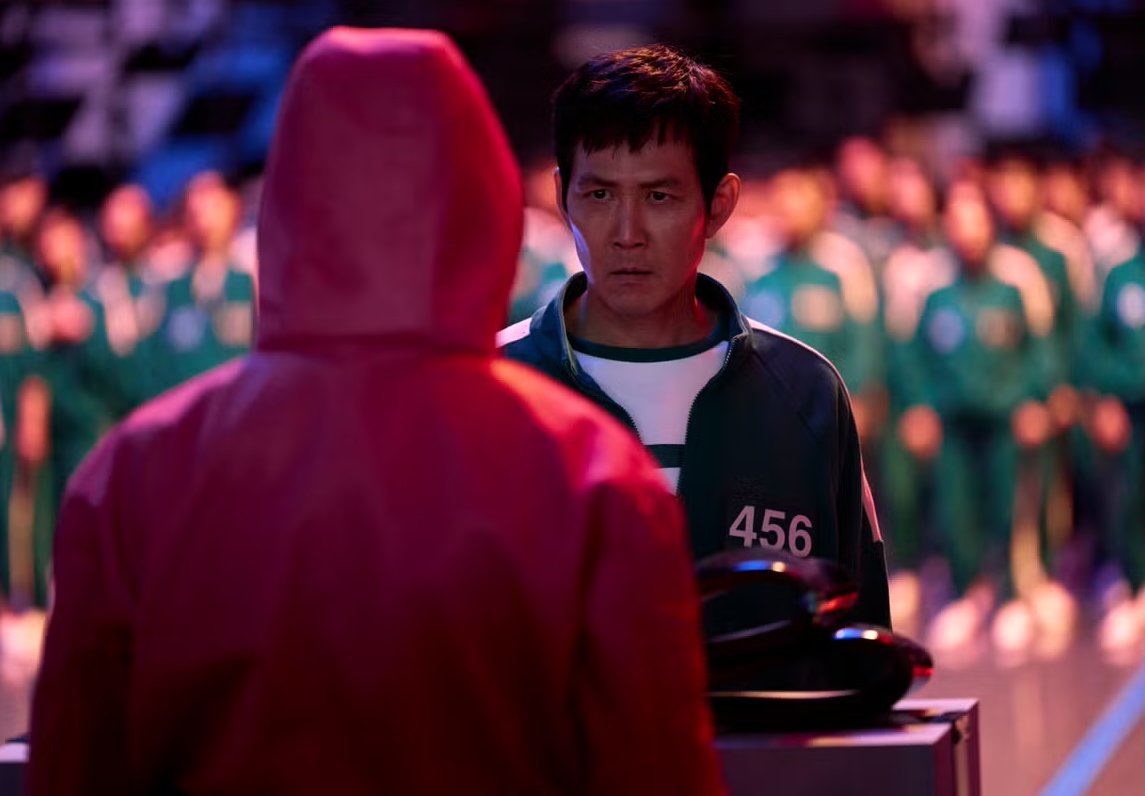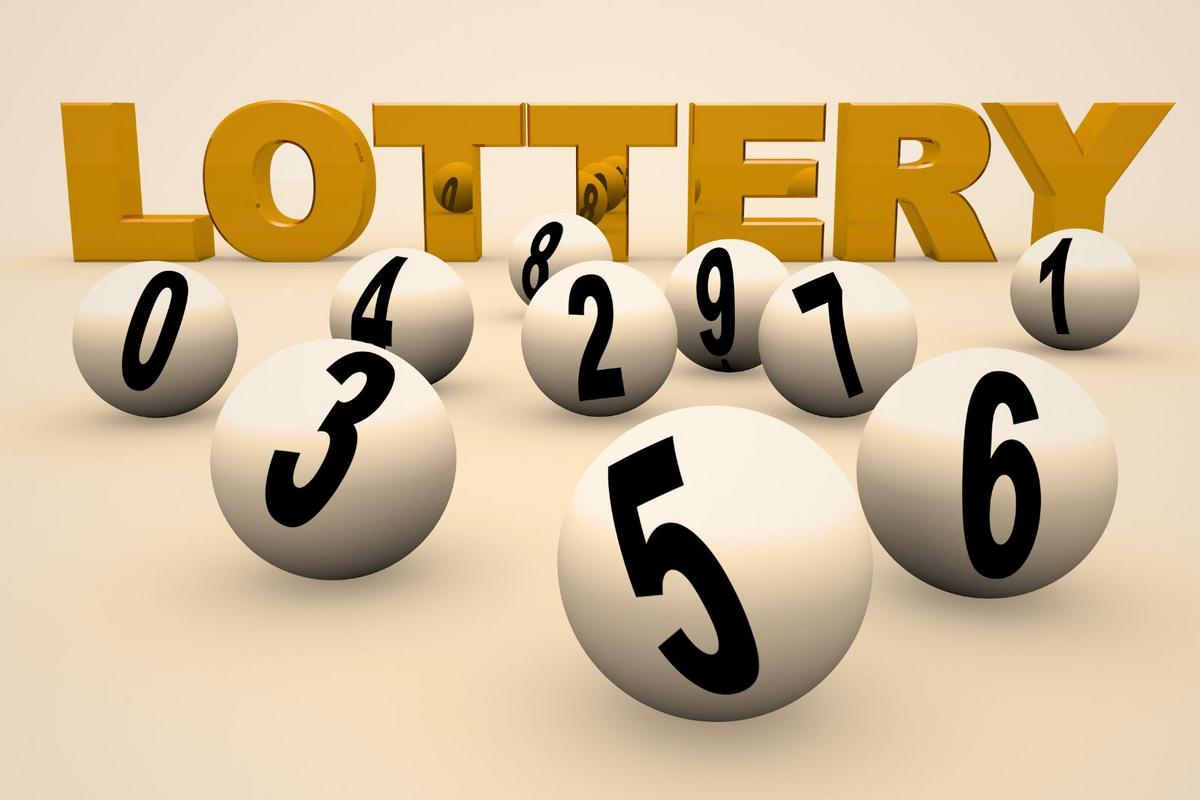
The second season of the global streaming sensation “Squid Game” introduced viewers to several new characters.
One of the most intriguing has been “Players 044” due to her strong religious beliefs and the impact she’s had on the players around her.
Player 044 – whose name is Seon-nyeo (played by Gook-hee Chae) — is a shaman whose role was to curse others and deliver prophecies as the players moved from one deadly game to another in a quest to win the large cash prize.
The series and its bloody games — a commentary on greed, class and savagery — have captivated the globe by becoming Netflix’s No. 1 show ever.
While the anxiety-inducing “Squid Game” has never shied away from injecting religion into the storyline (and specifically its critique of Christianity in South Korean society), this season adds Korean shamanism to the mix.
It should come as no surprise since an increasing number of young Koreans are consulting shamans for guidance. Lee Kyoung-hyun, a 29 year old practitioner of Korean shamanism, said “tough” societal issues in the country, like economic anxiety and political turmoil, have been a factor driving this resurgence.
“Shamanism is deeply rooted for Koreans,” she told Reuters. “It was believed to be an invisible, mysterious and spiritual world, but now, with all of these YouTube videos, people are finding it more approachable.”
Approximately half of the South Korean population of 51 million reported being part of no religion, with the remaining religious affiliations being roughly 20% Protestant, 17% Buddhist and 11% Catholic.
Christians have criticized the practice, Reuters reported, but even people who attend church are known to visit shamans. Nonetheless, about 20% of South Koreans, regardless of tjeir religion, engage in shamanistic practices.
Photo courtesy of Netflix
Shamanism in South Korea — also known as Muism – is a religion with a long history, deeply interwoven with the country’s spiritual and cultural fabric.
Shamans (called mudang for women and baksu for men) serve as intermediaries between humans and the spirit world. The relationship between humans and spirits is seen as reciprocal, with humans seeking the favor of spirits for health, wealth and protection.
Dating back thousands of years (even before Buddhism, Confucianism and Christianity), it is a belief system that focuses on the interaction between humans and the supernatural. And despite the growth of major religions, Korean shamanism persists.
In addition to “Squid Game 2,” the highest-grossing film in South Korea last year was the supernatural horror movie “Exhuma,” which follows a shaman and her apprentice as they attempt to lift a curse placed on a wealthy family. At the same time, the popularity of a reality TV show called “Possessed Love,” which features eight shamans in search for love, is yet more proof how this ancient tradition has entered the modern era.
Google Trends has also shown that searches on YouTube for “shaman” and “fortune-telling” in Korean have nearly doubled over the last five years.
An eight-part docuseries, released last summer, called “Shaman: Whispers from the Dead” follows real-life cases of people suffering from unexplainable paranormal phenomena and the shamans who intervene to explain it all.
“In Korea, it’s evident there’s a world where shamanism actually operates, but we questioned why it couldn’t be exposed and why the media didn’t cover it. Triggered by these questions, we began developing [the series] with the intention to delve into our country’s traditional beliefs and shamanism,” the show’s producer Lee Min-soo told The Korea Times.
Wikipedia Commons photo
Evidence suggests that it dates as far back as the Neolithic era, around the year 5000 BCE, with archaeological findings indicating that Koreans practiced forms of animism, which is the belief that all natural objects and phenomena possess a spirit.
These ancient religious practices evolved over time and became deeply embedded in Korean society. Indeed, shamanism was the dominant religion in Korea before Buddhism and Confucianism in the the 4th and 5th centuries CE.
As a result, the prominence of shamans across the peninsula and their rituals began to decline. Buddhism – with its focus on monastic life and meditation – offered an alternative path to spiritual salvation.
In a collection of myths, the origin of the shamans is linked to a mother goddess associated with a mountain and presented as either the mother or the spiritual daughter of the “Heavenly King.” She has different names, according to different regions and associated mountains.
A Southern Korean culture ministry agency estimated in 2022 that there were between 300,000 and 400,000 shamans and fortune-tellers in the country.
Shamanism is an “important and powerful part of the Korean character,” the agency wrote on its website.
Wikipedia Commons photo
In the 20th century, Korean shamanism faced significant challenges. Japanese colonial rule, which lasted 25 years and ended in 1945, sought to suppress traditional Korean practices as part of a broader campaign to eradicate Korean culture.
After the Korean War, shamanism saw a rebirth. The connection between humans and the dead remains a major part of Korean shamanism. In fact, a major component of this faith tradition is both superstition and the veneration of ancestors. This practice is often linked to the belief that the spirits of the ancestors continue to influence the lives of the living.
Divination — a centuries-old practice of using a variety of techniques to gain insight into a situation, often by attempting to foretell the future — is another key practice. Shamans use various methods (such as fortune-telling or examining dreams) are used to gain insight into one’s life.
“As I observed the rituals, it made me think that the true function of shamanism is healing,” Lee said. “Scientifically or medically unexplainable practices have persisted for thousands of years, and when you think about it, I think it’s because they were effective in terms of healing.”
In “Squid Game 2,” player 044 uses her powers to deliver prophecies on the fate of her fellow players. Whether those predictions will come true remains to be seen. Netflix said the show’s third, and final, season is slated to be released later this year.
“In the past, no one could openly talk about shamanism,” Lee said. “It was a taboo, criticized as promoting superstition, but recently the views have shifted to entertainment rather than religion. It gives more of a comforting sense rather than being perceived as rigid, scary or heavily religious so the younger generations are getting curious about it.”
Clemente Lisi is the executive editor of Religion Unplugged. He previously served as deputy head of news at the New York Daily News and a longtime reporter at The New York Post. Follow him on X @ClementeLisi.
5965 Village Way, Ste 105 255
San Diego, CA 92130
info@themediaproject.org
Religion Unplugged is part of The Media Project and a member of the Institute for Nonprofit News.
EIN: 83-0461425
Site design by Peter Freeby
Privacy Policy
source










